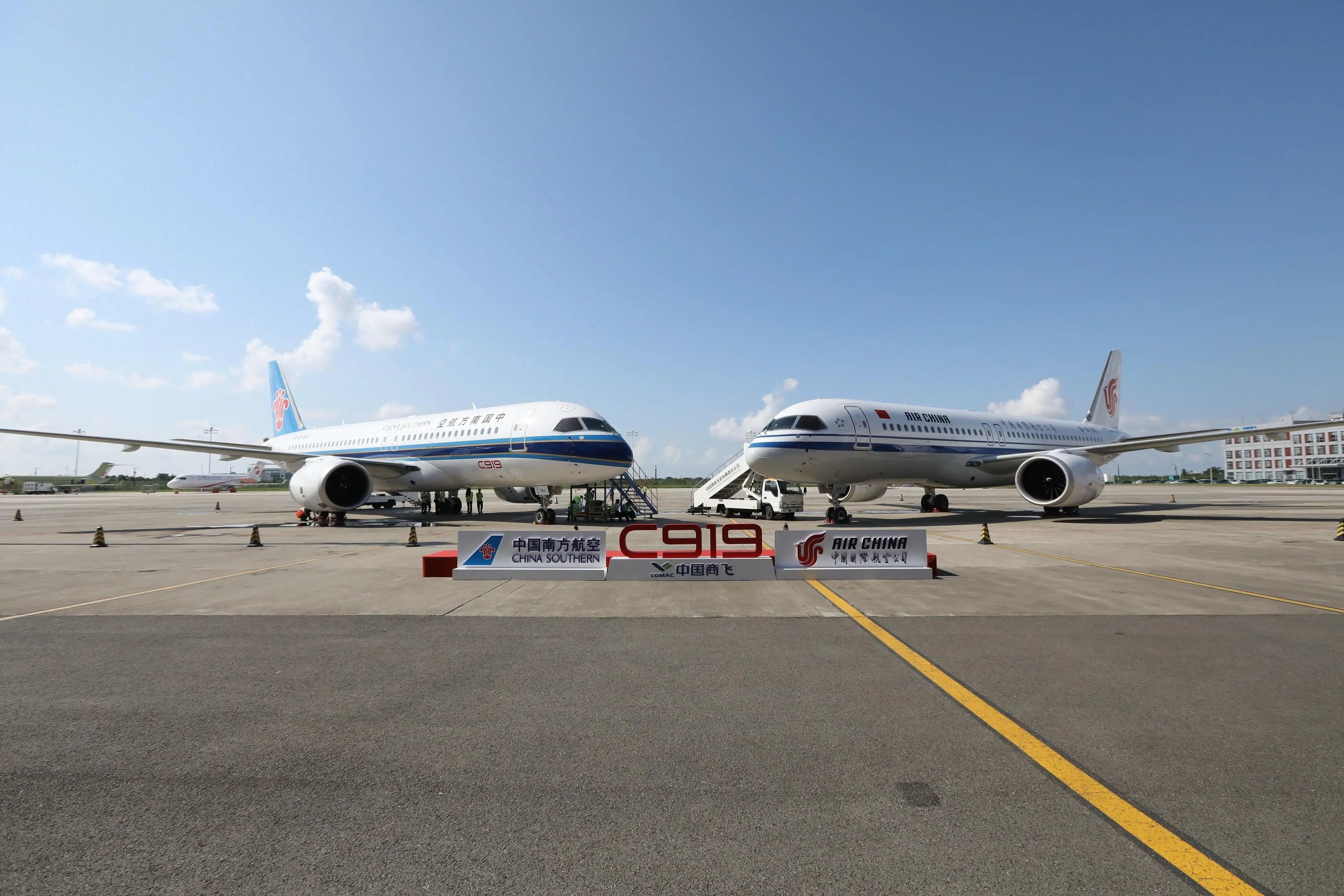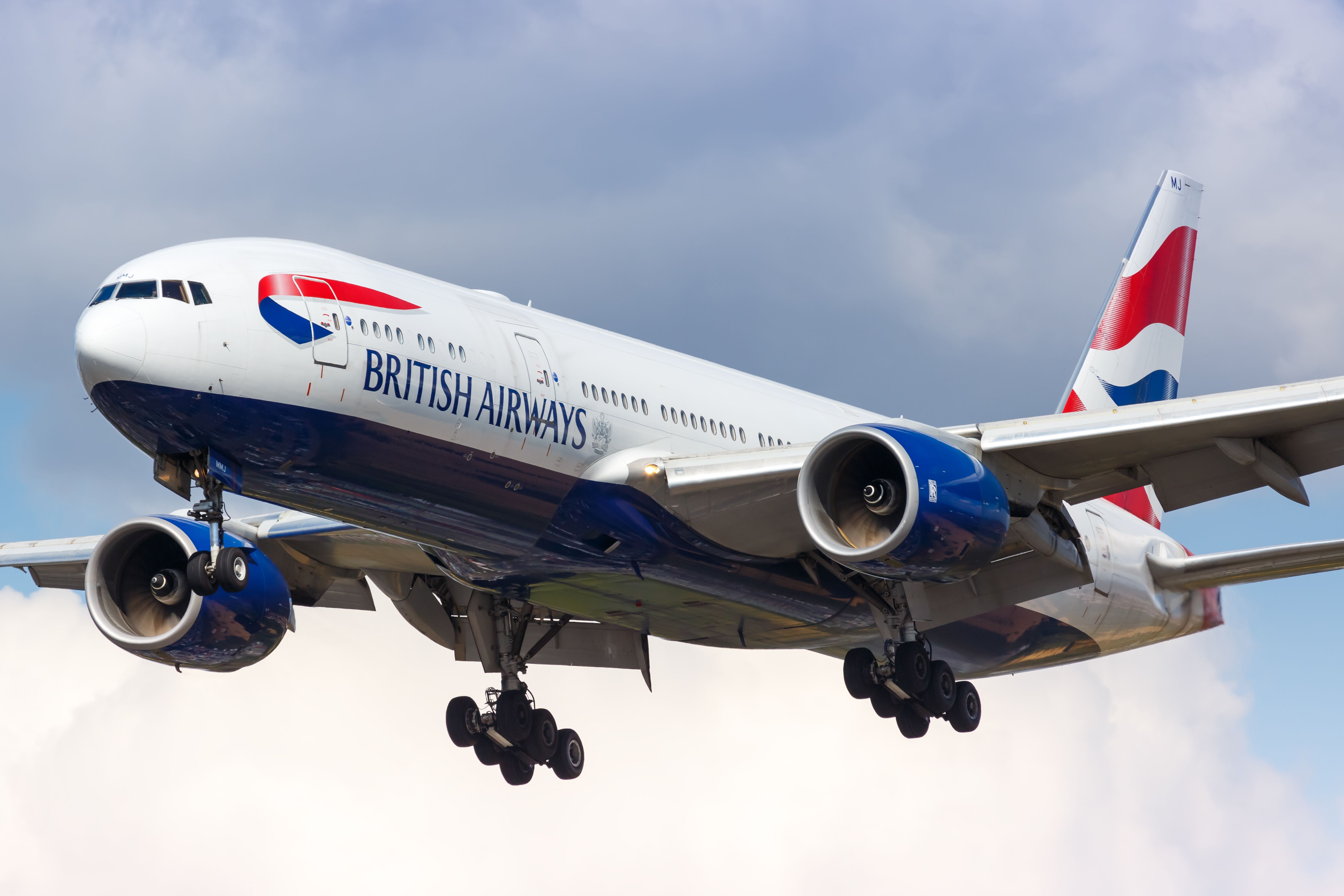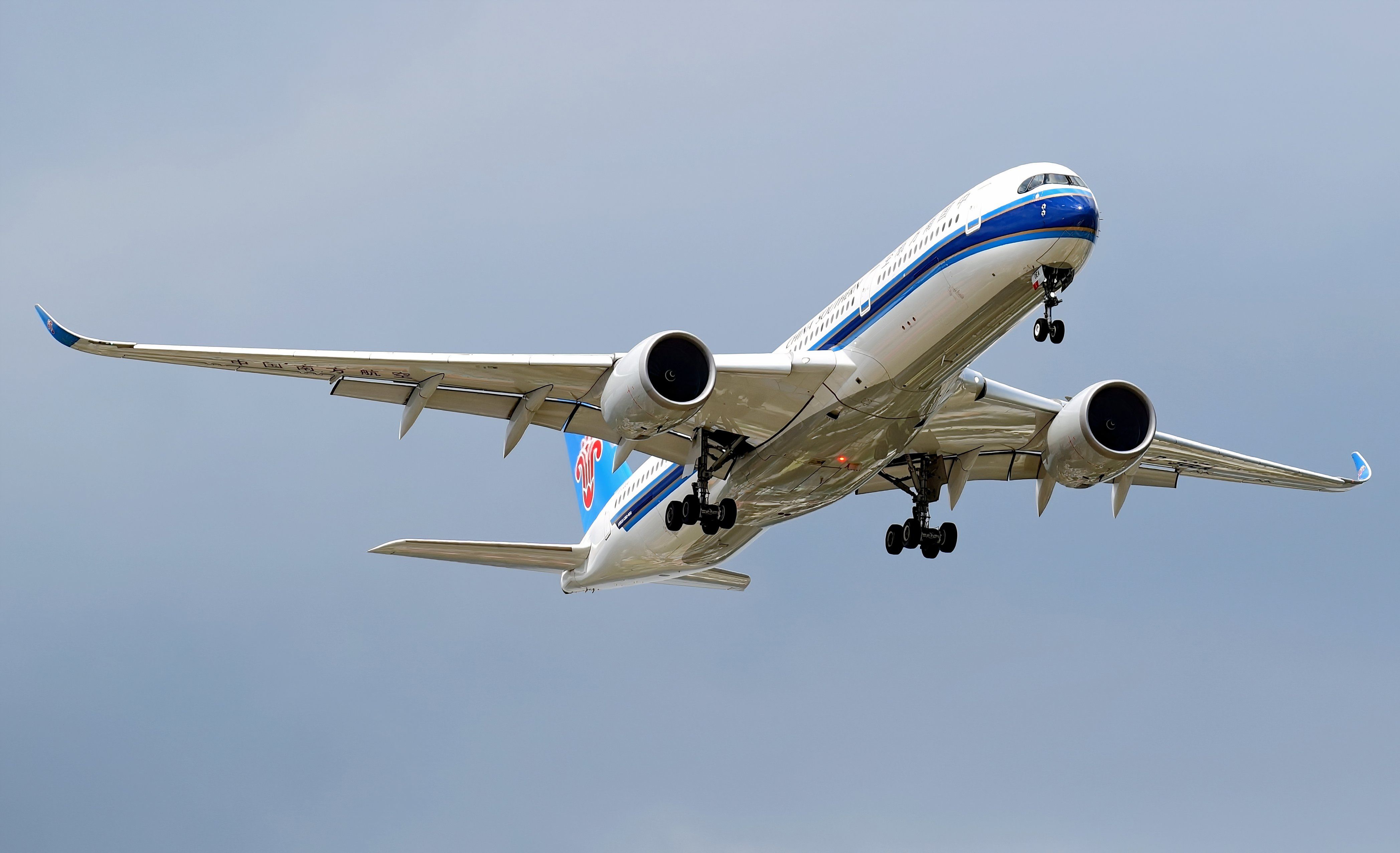
China’s Top 10 Civil Aviation Stories In 2024
2024 has been a transformative year for China’s civil aviation industry, marked by groundbreaking milestones and significant developments that have captured global attention. This ranking of the top 10 civil aviation stories highlights the most impactful events shaping the industry, offering readers a comprehensive overview of China’s evolving aviation landscape.
By focusing on key achievements and challenges, this article aims to provide insights into the broader trends influencing aviation in China and their implications for the global market. Whether it’s the debut of domestically manufactured aircraft, policy shifts, or new international routes, these stories collectively showcase the resilience and ambition of China’s aviation sector, offering readers valuable perspectives on its growth and innovation.
C919 deliveries to major airlines – A milestone for COMAC
COMAC completed C919 deliveries to all three major airlines, with 12 aircraft delivered in 2024
In a historic achievement for China’s aviation sector, COMAC completed c919
deliveries to all three major state-owned airlines— Air China
, China Southern Airlines
, and China Eastern Airlines
—by the end of 2024. The landmark moment occurred on August 28 when Air China and China Southern simultaneously received their first C919 aircraft at COMAC’s Pudong assembly plant.
Photo: Comac
The C919, China’s first self-developed narrow-body airliner, symbolizes a new phase for the country’s aviation ambitions. Air China’s aircraft is an extended-range model with 158 seats, while China Southern’s version is configured for standard range with 164 seats. Each of these airlines has committed to purchasing 100 C919s, with deliveries scheduled until 2031.
By the close of 2024, COMAC had delivered 12 C919s in total, reinforcing the government’s long-term vision for self-reliance in aviation manufacturing. The C919’s entrance into mainstream commercial service is not only a source of national pride but also an indication of the growing competitiveness of China’s aerospace sector. COMAC’s ability to ramp up production while securing international recognition positions it as a formidable player in global aviation.
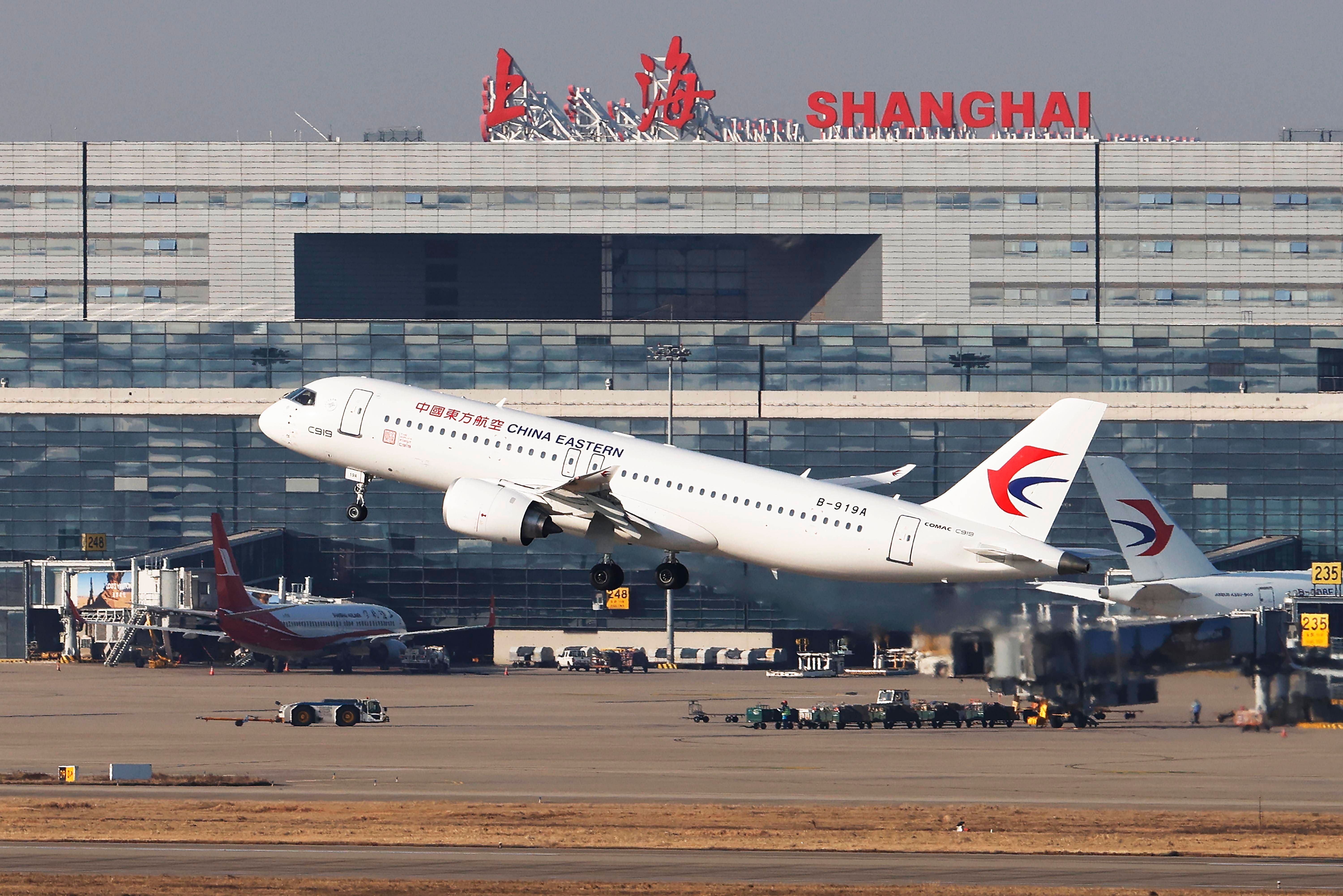
Related
New Milestone: COMAC C919 Carries 500,000th Passenger
COMAC C919 hits 500,000th passenger milestone 15 months after launch, with more airlines set to adopt the aircraft.
Expanded visa-free access – Boosting inbound travel
Visa-free policies for Western travelers fuel international tourism recovery
In 2024, China further optimized its visa-free travel
policies, extending visa-free access to citizens of 54 countries, including 9 new nations (Bulgaria, Romania, Croatia, Montenegro, North Macedonia, Malta, Estonia, Latvia, and Japan) from November 30, 2024. This allows travelers to stay up to 30 days for tourism, business, family visits, and transit, significantly enhancing international mobility.
These measures contributed to a remarkable 86.2% year-on-year growth in foreign arrivals, reaching 29.2 million by November. Visa-free entries accounted for 17.4 million, a 123.3% increase. The 240-hour transit visa exemption, effective from December 2024, expands coverage to 60 ports and 24 provinces, encouraging travel across China’s regions.
These initiatives have bolstered tourism, transportation, and service industries, driving economic growth and creating new opportunities. As the policy continues to evolve, China’s openness and accessibility will further attract global visitors and foster stronger international connections.
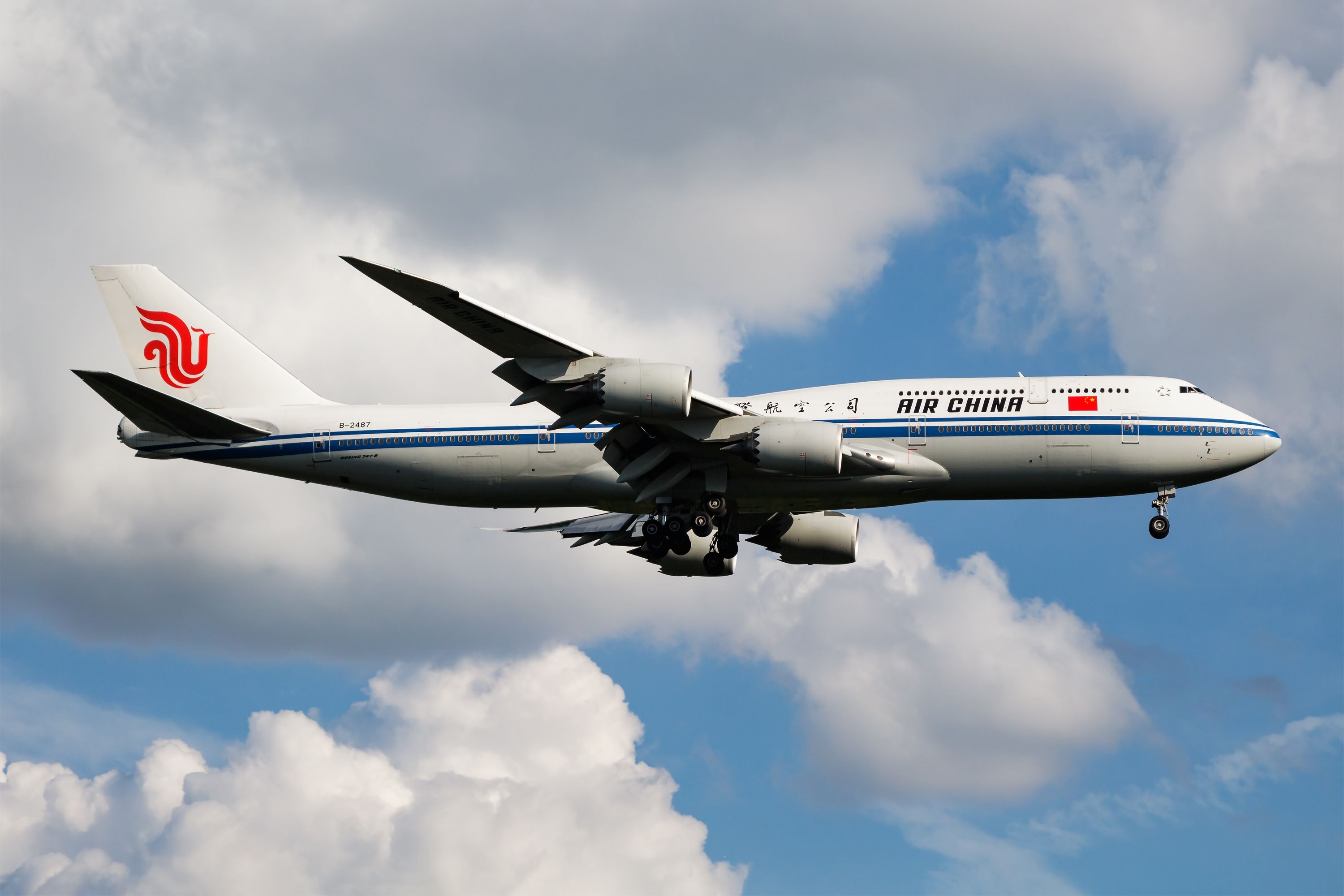
Related
China Expands Visa-Free Entry To European Travelers From 4 More Countries
After the expansion, 16 out of the 27 EU member states now enjoy China’s 15-day visa-free entry policy.
Foreign airlines suspend routes – Challenges in international operations
Economic pressures lead some foreign airlines to exit Chinese markets
Despite China’s push to reopen its borders, 2024 witnessed several international airlines suspending or scaling back their routes to China. The most recent is LOT Polish Airlines, which announced the suspension of its Warsaw-Beijing Capital route due to unsatisfactory sales performance. The suspension will last for the winter-spring season, with the last flight scheduled for October 24. Before the pandemic, LOT operated flights to both Beijing Capital and Daxing airports, but since the pandemic, it has resumed only three weekly flights to Beijing Capital.
Other European airlines have followed suit, including Virgin Atlantic, British Airways, Lufthansa, and Scandinavian Airlines. Virgin Atlantic will suspend its London-Shanghai route on October 26, while British Airways will stop flying the London-Beijing route on the same day. Lufthansa will end its Beijing-Frankfurt route at the end of October, and Scandinavian Airlines will cease its Copenhagen-Shanghai route in November.
Photo: Markus Mainka | Shutterstock
Carriers from Europe and North America have cited economic pressures, high fuel costs, and weaker-than-expected passenger demand as reasons for their pullback. Some airlines, burdened by fluctuating post-pandemic recovery timelines and geopolitical tensions, have deemed their China routes financially unsustainable. The withdrawal of major carriers presents both challenges and opportunities for Chinese airlines, which have moved quickly to fill the market void by expanding their international operations. These adjustments indicate the volatility of global aviation markets and the resilience of China’s carriers in navigating these disruptions. With government support and increased operational flexibility, Chinese airlines are stepping in to ensure continued international connectivity. As some foreign airlines retreat, domestic carriers stand to strengthen their dominance on key routes. By the first half of 2024, Chinese airlines accounted for 72.2% of flights between China and Europe, compared to just 27.8% for foreign carriers.

Related
Why Are European Airlines Pulling Out Of China?
European airlines are cutting China routes due to airspace restrictions, low demand, and fierce competition.
Longest direct flight from China – Shenzhen to Mexico City
China Southern launches a record-breaking ultra-long-haul route
On May 11, 2024, China Southern Airlines launched its longest direct flight from Shenzhen to Mexico City, setting a new milestone in China’s international aviation network. The route spans an impressive 14,147 kilometers and takes approximately 16 hours, operated by an Airbus A350 aircraft. This new route surpasses China Southern’s previous record-holder, the Guangzhou to New York route, which measures 12,878 kilometers. The Shenzhen-Mexico City connection not only ranks among the world’s top 10 longest non-stop flights but also reflects China’s growing presence in the Americas.
Photo: Omid Behzadpour | Shutterstock
The route strengthens economic and tourism ties between the two nations and underscores the airline’s commitment to expanding its global reach. As international travel resumes, China Southern is positioning itself as a leader in long-haul services, catering to growing demand for non-stop flights between China and Latin America. The airline’s success on this route sets a precedent for future ultra-long-haul services.
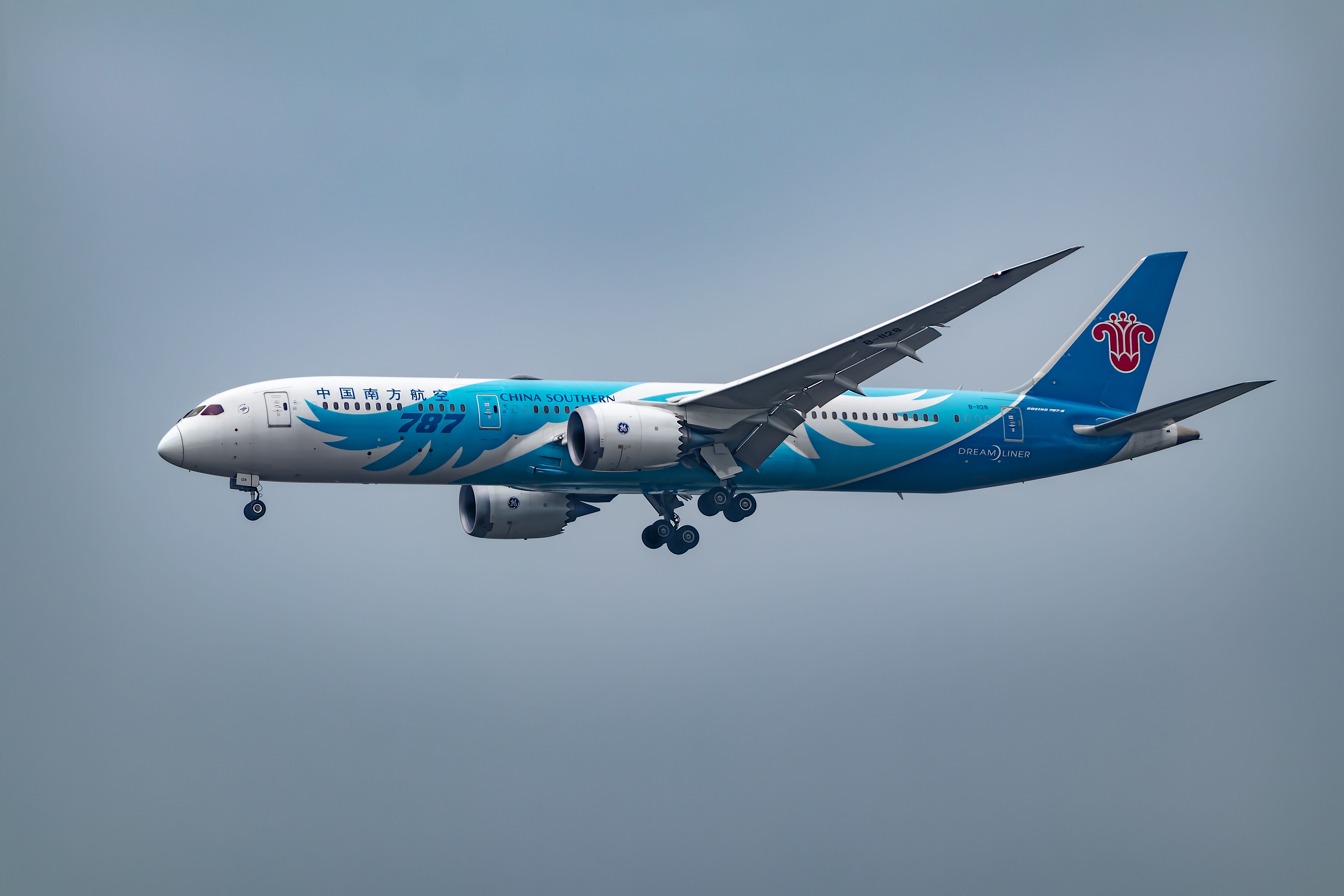
Related
Shenzhen-Mexico City: China’s New Longest Route Will Be The 7th Globally
This also marks the first resumption of direct flights between China and Mexico after the pandemic.
The ARJ21 expands into Central Asia and Southeast Asia markets
In 2024, the ARJ21 has expanded its international footprint. Chengdu Airlines
became the first to use the aircraft for international flights, launching routes from Harbin to Vladivostok and Kashgar to Khujand, Tajikistan. This marked a significant milestone for the ARJ21 in Central Asia. Simultaneously, TransNusa
Airlines in Indonesia began operating the ARJ21 on its Medan-Guangzhou route, further enhancing the aircraft’s international reach. Transnusa’s flight also became the longest commercial route operated by the ARJ21, highlighting the aircraft’s growing role in Southeast Asia. These moves reflect a broader trend of increasing international operations for the ARJ21, with further potential expansion in markets like Laos and Brunei. The success of these airlines exemplifies the increasing confidence in China’s domestically-produced regional aircraft in international aviation markets.
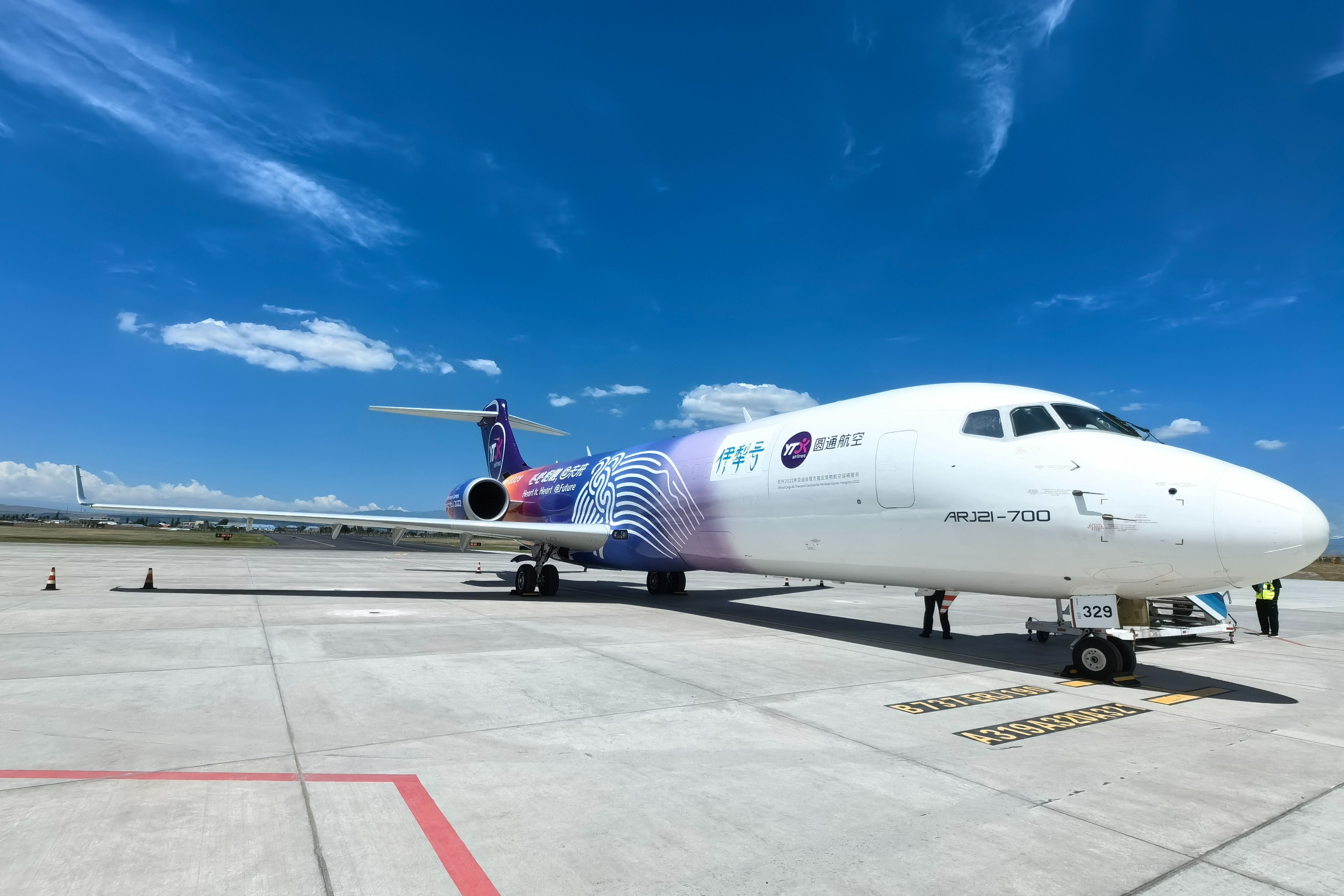
Related
2 New ARJ21 Operated Routes Link China’s Xinjiang To Central Asia
The launch of the new routes is an example of China’s increasingly deepening ties with Central Asia.
China Southern to sell entire fleet of 787-8s
Strategic fleet modernization
On November 19, 2024, China Southern Airlines announced plans to sell its entire fleet of 10 Boeing 787-8 aircraft and two GEnx engines. The sale will be conducted via open bidding, with delivery expected between 2025 and 2026, pending board approval. The 787-8s, which have an average service life of 11.3 years, were first delivered between 2013 and 2014. This move reflects the airline’s strategy to modernize its fleet, shifting focus to more efficient aircraft like the Boeing 787-9. The sale is part of a broader trend among Chinese airlines to phase out older widebody models in favor of narrower, more cost-effective planes for domestic and regional markets.
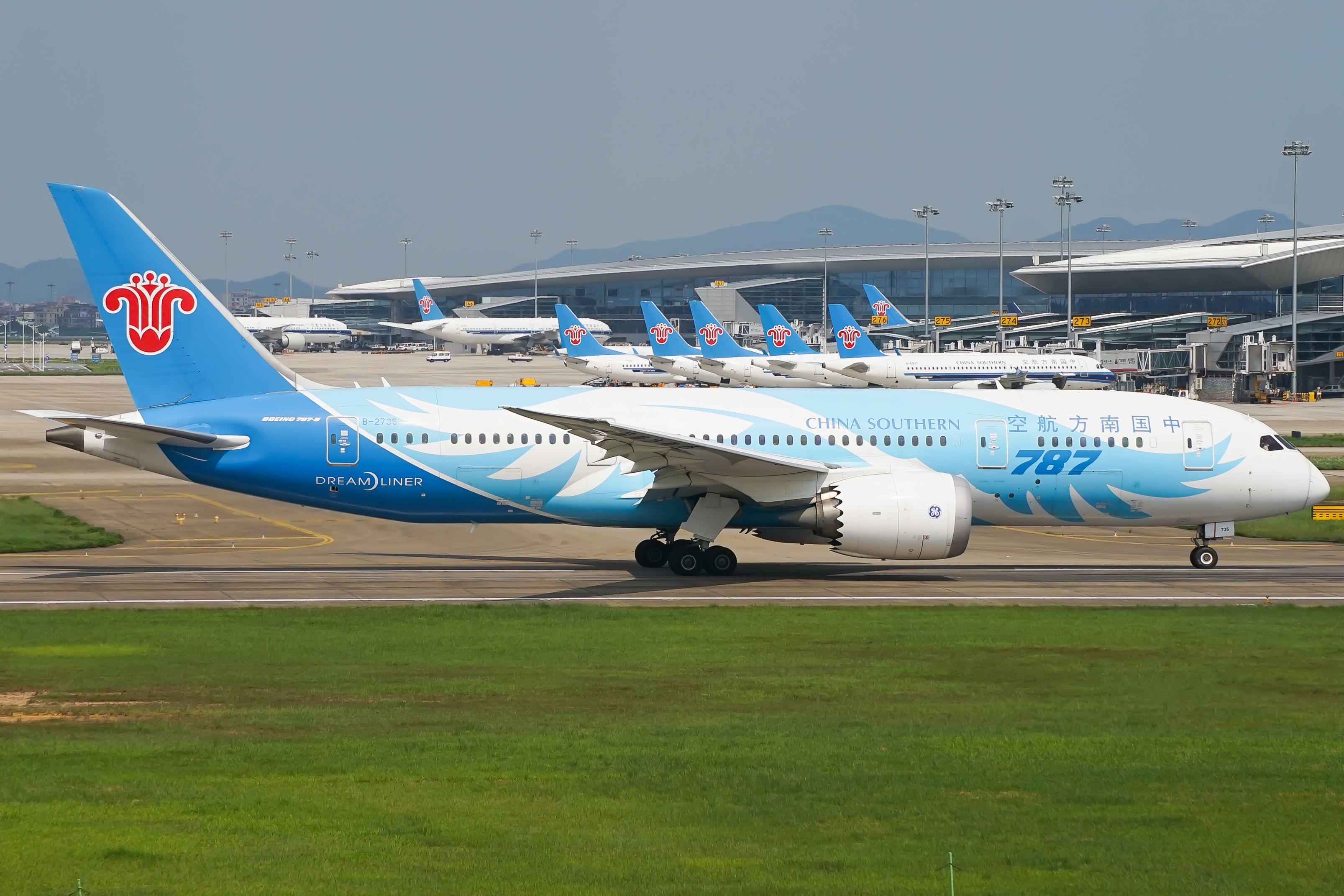
Related
China Southern Airlines Announces Plan To Sell Entire Fleet Of 10 Boeing 787-8s
After selling 10 Boeing 787-8s, China Southern will retain 17 Boeing 787-9s, marking a strategic shift to optimize its widebody operations.
COMAC announces key updates at Zhuhai Airshow
Rebranding ARJ21 to C909 and launch of C929 widebody
During the Zhuhai Airshow in November 2024, COMAC made major announcements that highlight its continued growth in the aviation sector. The company revealed that its ARJ21 regional jet would be rebranded as the C909, aligning with its new aircraft naming strategy. This change signifies COMAC’s efforts to streamline its product lineup under the “C” series, which now includes the C909, C919, and C929 models.
Photo: CSWFoto | Shutterstock
Additionally, COMAC announced that Air China would be the launch customer for the Comac C929
wide-body aircraft. The C929 is designed for long-haul flights and is poised to play a key role in China’s ambitions to expand its presence in the international aviation market. This partnership marks a significant milestone in COMAC’s journey to compete in the global aircraft manufacturing industry.

Related
Air China Announced As COMAC C929 Widebody Launch Customer & New Military Aircraft Unveiled At 15th China Airshow In Zhuhai
China becomes the second country, after the US, to operate two stealth fighters, following the F-22 and F-35 in the US Air Force.
China’s Civil Aviation Surpasses 700 Million Passengers in 2024
Passenger growth fuels recovery
By December 15, 2024, China’s civil aviation industry reached a historic milestone, surpassing 700 million passengers, with a total of 700.48 million, marking an 18.1% year-on-year increase. The average daily passenger count exceeded 2 million, showcasing the robust recovery of the market. Domestic routes alone accounted for approximately 640 million passengers, growing by 13% compared to 2023.
Photo: Soos Jozsef | Shutterstock
International routes saw an even stronger rebound, with a 130% increase in passenger numbers, as travel demand surged following the pandemic. Despite challenges, China’s aviation sector demonstrated significant progress, with industry-wide seat occupancy rates exceeding 83%, highlighting both recovery and efficiency improvements. This growth underscores China’s recovery and the aviation sector’s vital role in the nation’s post-pandemic economic revitalization.
China’s Airport System Under Scrutiny in Anti-Corruption Drive
Key Airport Executives Investigated for Corruption
China’s airport sector has recently been targeted in a significant anti-corruption campaign. Several high-ranking officials have come under investigation for serious breaches of duty. Notable among them are Wang Yong, a former chairman of Guizhou Airport Group, and Jin Shengxi, General Manager of Hangzhou Xiaoshan International Airport, who voluntarily surrendered. Authorities are also investigating other senior officials from airports in Hunan, Guangdong, Gansu, and Xinjiang. Zhang Rui, Director of the Civil Aviation Administration of China’s Airport Department, is also facing scrutiny. This campaign underscores China’s commitment to combating corruption and promoting accountability within its aviation industry.

Related
The Middle Of Nowhere: Introducing China’s 5 Most Remote Airports
China’s most remote airports offer vital access to the rest of the country, from Tibet’s peaks to the South China Sea’s distant islands.
China focuses on low-altitude economy for growth
Key initiatives to drive the low-altitude sector
China’s low-altitude economy has emerged as a vital growth area, with the Civil Aviation Administration of China (CAAC) taking a leading role. On July 10, 2024, CAAC Administrator Song Zhiyong outlined five key initiatives to promote the development of low-altitude aviation: improving airworthiness certification, upgrading infrastructure standards, advancing service guarantees, enhancing safety oversight, and regulating the market.
Photo: Xpeng
In 2024, driven by supportive policies, low-altitude routes have expanded, with key milestones such as the launch of the Shenzhen-Zhuhai route and the first flight of the Shenzhen-Guangzhou route. By December 2024, more short-haul transport flights have been approved, marking significant progress in the sector.
These 10 stories reflect the rapid transformation of China’s aviation sector in 2024, showcasing its resilience, ambition, and growing influence on global aviation. As new milestones emerge, China’s civil aviation is set to play an even larger role in shaping the future of international air travel.
